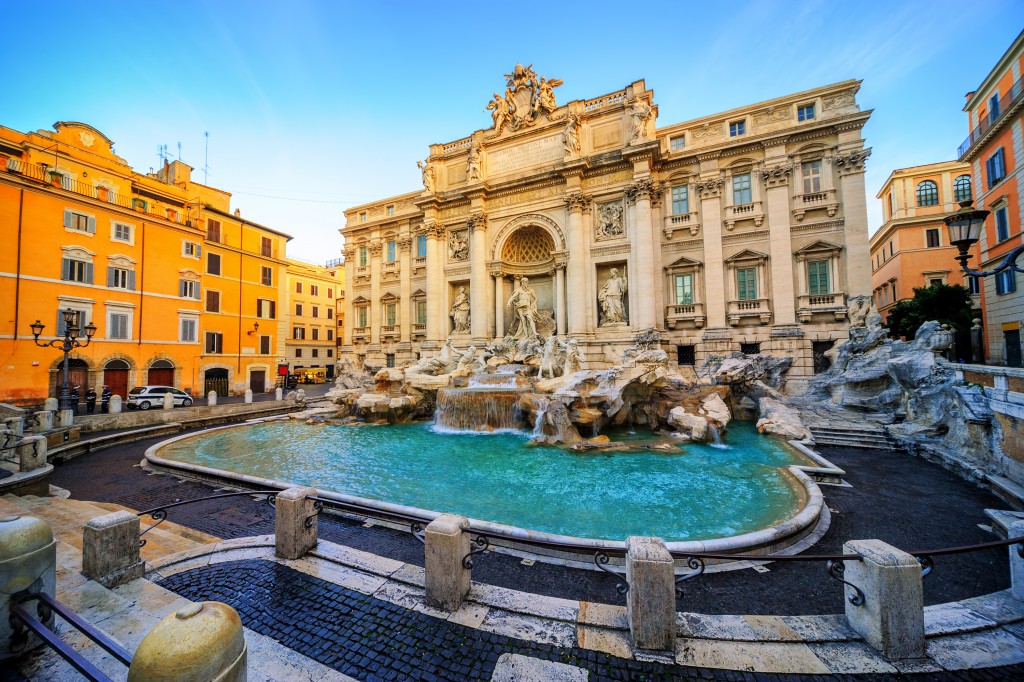“When in Rome, do as the Romans do” is an old aphorism dating back to perhaps the 4th century AD. It tells you to follow or comply with the customs of the country or place you are visiting, especially if you are a tourist. But what if you did find yourself living in Rome? What’s with the allure of dining al fresco in restaurants underneath retractable window awnings? Will you be scorned if you drink cappuccino after 10 am?
Here are a few things you need to know if you find yourself moving to Rome:
Rome and Foreign Residents
In 2012, the population of foreign-born residents in Rome was 8.62%. In 2019, this leaped to nearly 13% of the total population. For a city with a little more than 3,500 acres of land, it is the most populous city in Italy and 3rd most across the entire European Union, with more than 4.2 million people.
Foreigners comprise 9.5% of Rome’s population. About 50% of them are from European countries, like Romania, Ukraine, Poland, and Albania. In the immigrant mix, you will also find people from Bangladesh, China, the Philippines, and Peru. Gypsies could be found living just outside of the city.
Your Safety
This is typically foremost on anyone’s mind when relocating to another country. Your pocket can be picked in London, Hamburg, or Sao Paolo. So this could also happen in Rome. Locals and tourist resources, however, advise that you avoid specific places where the chances of pickpocketing are higher, like line 64 for the city bus. The best way to deal with security issues is to have a local introduce you to the city. Ask as many questions as you can so that you become very familiar with your environment.

Integration
It’s a beautiful city, but life can be brutal for you, as recounted by many expatriates, if you don’t learn to integrate fast. Your first challenge will be the language. If you know Italian, good for you. Navigating cultures is always a tricky proposition, and learning the language is useful. But it might not always be a guarantee of access. Locals will detect that Italian isn’t your first language and whether wittingly or unwittingly, this already creates some form of barrier or resistance. You need to work your way into a group of locals who will give you the confidence to live like a Roman.
Education
If you’re moving to the city alone, this might not be a primary concern. But if you’re moving with your family, this becomes a priority on the checklist. Typically, there are international schools to choose from. Be ready to pay or at least negotiate with your employer about how schools can be fully or partially shouldered. The cost can be between $10,800 to $27,000. Do not, however, discount the possibility of putting your children in local Italian schools.
And finally, the coffee rules? Don’t describe your order by the kind or amount of milk you want in your drink. “Un caffé” is the coffee, and it’s usually an espresso. Learn the other variations, like lungo, ristretto, or macchiato. And yes, Romans like love dining al fresco. You will, too, especially during spring and summer.
